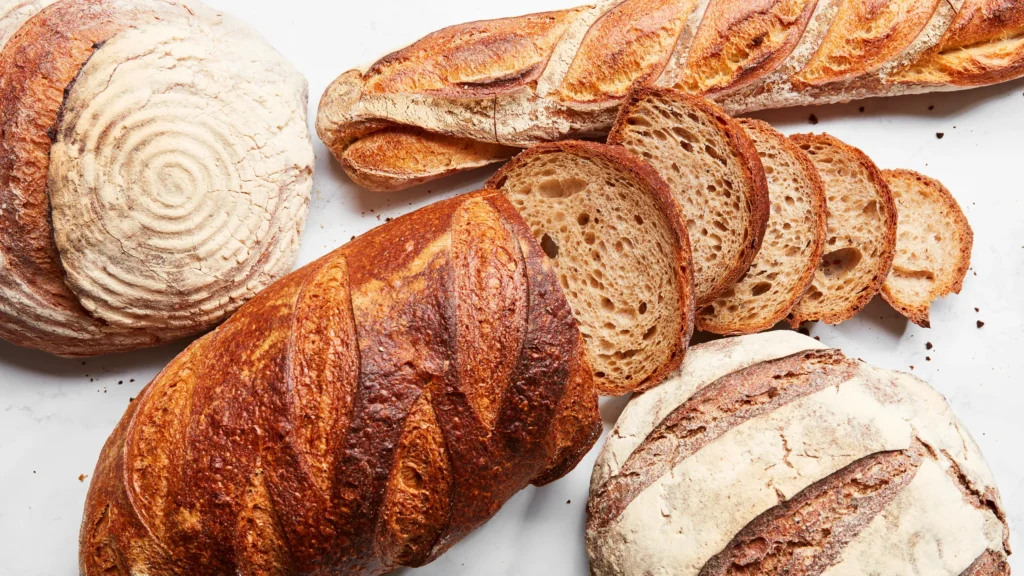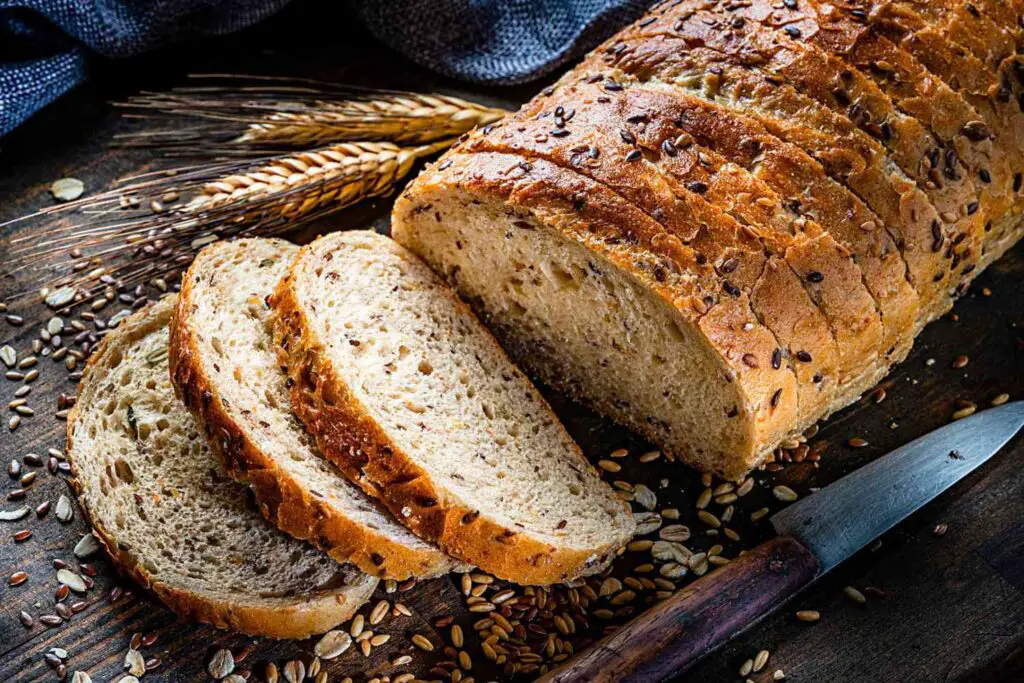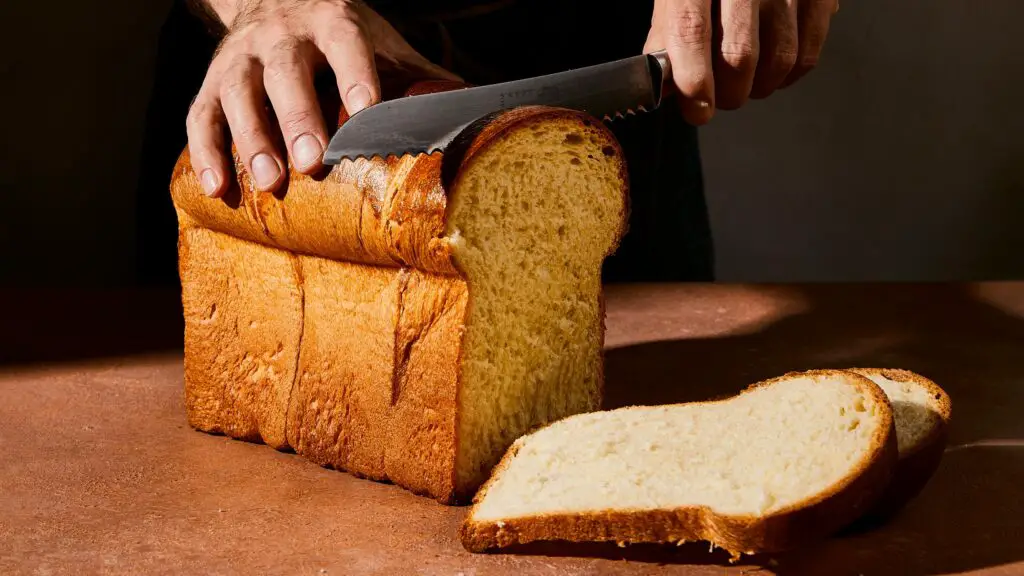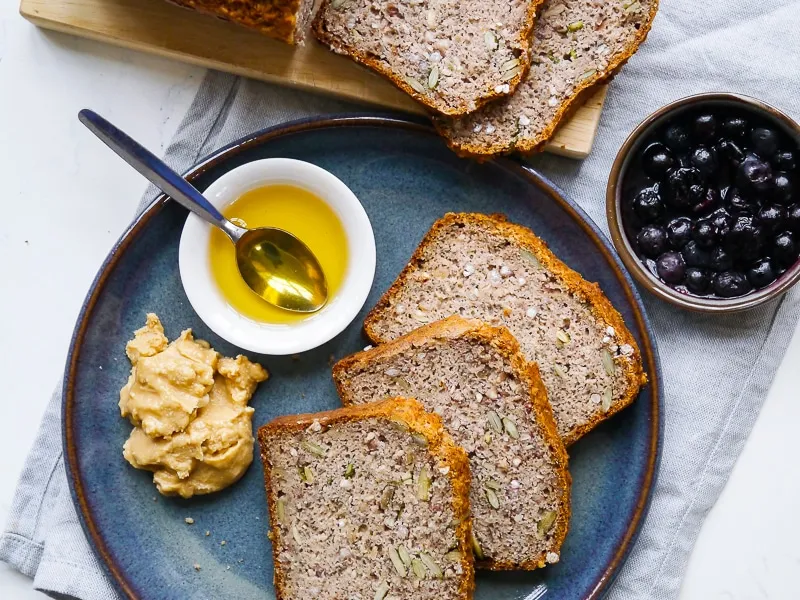Home-baked bread is typically good for 2-3 days when stored at room temperature. Factors like ingredients and storage conditions can affect its freshness.
Enjoying freshly baked bread is a delightful experience that many people cherish. The aroma, taste, and texture of homemade bread make it a special treat for any occasion. Whether you are new to baking or a seasoned pro, mastering the art of making delicious bread can bring a sense of accomplishment.
From simple sandwich loaves to artisan sourdough, there are endless possibilities to explore in the world of home baking. With a bit of practice and patience, you can create mouthwatering bread that will keep your loved ones coming back for more.

Table of Contents
ToggleBenefits Of Freshly Baked Bread
Freshly baked bread offers numerous benefits that make it a delicious and nutritious choice for your daily meals. From its superior taste to its impressive nutritional value, the advantages of enjoying home-baked bread are plentiful. Let’s explore why opting for freshly baked bread can enhance your culinary experience and provide essential nutrients for your body.
Nutritional Value
Freshly baked bread is rich in essential nutrients such as fiber, protein, and various vitamins and minerals. These nutrients are crucial for maintaining a healthy diet and supporting your overall well-being. Unlike processed bread found in stores, home-baked bread retains its natural nutritional content, ensuring you receive maximum health benefits with each delicious bite.
Superior Taste
The incomparable taste of freshly baked bread is unmatched by its store-bought counterparts. The aroma and flavor of a warm loaf right out of the oven create a delightful sensory experience that store-bought options simply cannot replicate. Crafted with care and premium ingredients, home-baked bread provides an unparalleled taste that elevates any meal.
Factors Affecting Shelf Life
Understanding the various factors affecting the shelf life of home-baked bread is essential to ensure its freshness and quality. Let’s delve into how different aspects such as Ingredients Used and Storage Conditions can influence the longevity of your bread.
Ingredients Used
The choice of ingredients plays a crucial role in determining how long your home-baked bread will remain fresh. Using high-quality flour, yeast, salt, and water can enhance the bread’s shelf life.
- High-quality flour provides better structure and moisture retention.
- Fresh yeast helps with proper fermentation, aiding in preserving the bread.
- Salt not only enhances flavor but also acts as a natural preservative.
- Water hydration levels impact the bread’s texture and moisture content.
Storage Conditions
The way you store your home-baked bread significantly impacts how long it stays fresh and palatable. Proper storage conditions are essential to maintain the bread’s quality.
- Cool and dry environments help prevent mold growth.
- Airtight containers or plastic bags can retain moisture and freshness.
- Avoid refrigeration as it can accelerate staling through retrogradation.
- Freezing bread can extend its shelf life for up to three months.
Signs Of Spoilage
Home-baked bread is a delightful treat, but it’s important to know when it has gone bad.
If you see any signs of mold growth on your bread, discard it immediately to avoid any health risks.
Stale Texture
A stale texture indicates that the bread is no longer fresh and flavorful. It’s time to bake a new loaf.
Extending Bread’s Freshness
Proper Storage
Proper storage is essential to extend the freshness of home-baked bread. Store it in a cool, dry place away from direct sunlight and heat sources. Keep it in an airtight container or plastic bag to prevent moisture loss. Avoid storing it in the fridge, as it can lead to the bread becoming stale faster due to moisture absorption.
Freezing Techniques
To extend the shelf-life of home-baked bread, freezing is a great option. Slice the bread before freezing to easily access individual portions. Wrap the slices tightly in plastic wrap or foil, then place them in a resealable plastic bag or airtight container. Label the bag with the date of freezing and consume within three months for the best quality.

Utilizing Stale Bread
Have you ever found yourself with a loaf of bread that has gone stale before you could finish it? Instead of letting it go to waste, stale bread can actually be transformed into delicious dishes that will surprise you! In this article, we will explore some creative and mouth-watering ways to utilize your leftover bread. Let’s dive in!
Recipes For Stale Bread
When it comes to using stale bread, there are numerous recipes that can turn your once stale loaf into something extraordinary. Here are a few ideas:
- French Toast: Transform your stale bread into a delectable breakfast or brunch staple. Soak the bread in a mixture of milk, eggs, and your favorite spices, and pan-fry until golden brown.
- Croutons: Add a crunchy kick to your salads or soups by turning your stale bread into homemade croutons. Simply cut the bread into bite-sized cubes, toss with olive oil, herbs, and seasonings, and bake until crispy.
- Bread Pudding: Take your stale bread to the next level with a warm and comforting bread pudding. Combine the bread with a custard mixture of eggs, milk, sugar, and flavorings like vanilla or cinnamon, and bake until golden and set.
Creative Uses
Aside from the classic recipes mentioned above, there are also several creative ways to utilize stale bread in your cooking and baking endeavors. Consider these innovative options:
- Breadcrumbs: Transform your stale bread into homemade breadcrumbs that can be used as a coating for chicken, fish, or vegetables. Simply process the bread in a food processor until fine crumbs form and store it in an airtight container for future use.
- Italian Panzanella Salad: Combine chunks of stale bread with ripe tomatoes, cucumbers, onions, and fresh herbs to create a refreshing and satisfying Italian Panzanella Salad.
- Bread Crumbs Dressing: Use your stale bread to make a delectable bread crumbs dressing for your Thanksgiving feast or any other occasion. Combine breadcrumbs, sautéed onions, celery, herbs, and broth, and bake until golden and delicious.
As you can see, there are countless ways to transform stale bread into mouth-watering dishes that will impress your family and friends. Say goodbye to food waste and hello to culinary creativity!
Frequently Asked Questions For (How Long Is Home Baked Bread Good For)
Does Home-Baked Bread Need To Be Refrigerated?
No, home-baked bread does not need to be refrigerated. It can be stored in a cool, dry place for up to a week. Refrigeration can cause the bread to become stale faster.
How Can You Tell If Homemade Bread Is Still Good?
To determine if homemade bread is still good, check for mold, smell for any off odors, and assess the texture. Conduct a visual inspection of the bread’s surface and discard it if it shows signs of spoilage. Store the bread properly to extend its shelf life.
How Do You Store Homemade Bread So It Doesn’t Go Bad?
To store homemade bread without spoilage, keep it in an airtight container, at room temperature or freeze it.
How Long Does Homemade Bread Last In A Bread Box?
Homemade bread typically lasts 2-3 days in a bread box, retaining freshness and flavor. Proper storage is key.
Conclusion
Knowing the shelf life of home-baked bread is essential for maintaining its freshness. By understanding storage methods and ways to extend the bread’s lifespan, you can enjoy it for longer. Whether it’s freezing or storing at room temperature, proper handling ensures your bread remains delicious and safe to eat.











